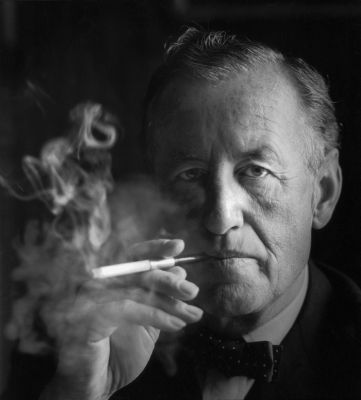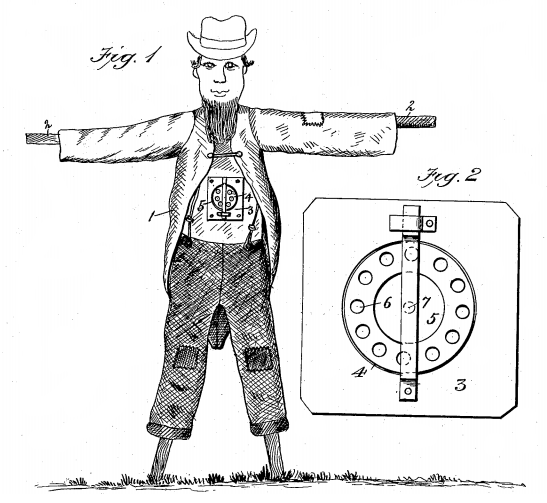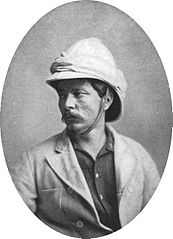Minutes from a New Yorker editorial meeting to consider the week’s cartoon submissions, Feb. 5, 1935:
PRICE, Gar.: Man and two small boys in picture gallery; man has stopped before nude painting. One of the small boys is saying to the other, ‘There’s something about it gets the old man every time.’
Not right type of people; should be smart people.
SHERMUND: Scene in beauty parlor; masseuse is massaging the back of a woman’s neck and saying, ‘You’re one of the lucky few who have a normal skin, Madame.’
Make better drawing; this too unpleasant.
DUNN: Couple looking at grandmother in next room mixing herself a whiskey and soda. ‘Just because it’s Mother’s Day she thinks the lid is off.’
Better whiskey bottle.
The Tuesday afternoon cartoon meeting had been a fixture in the editorial routine since the magazine’s inception. Editor Harold Ross would point out each drawing’s weaknesses with knitting needles while art department administrator Daise Terry took notes. The resulting feedback ranged from hopelessly vague (“Make funnier”) to absurdly specific (“Mr. Ross is troubled by the fact that a man wouldn’t use a sledge hammer in the house, and thinks the scene had better be in the back yard with the doll placed on a large stone”).
Among the cartoonists whom this infuriated was James Thurber, who wrote to Terry in resubmitting a rejected drawing in 1937, “If this drawing is not funny, and is not a swell drawing, I shall engage to eat it, and with it all of Price’s fantasies that just miss, all of Taylor’s S. Klein women, and all eleven versions of every drawing Day does of two men in a restaurant. I will also eat every drawing of a man and a woman on a raft, every drawing of a man and a native woman on a desert island, and every drawing of two thin women in big-backed chairs. … I will also eat every drawing of a small animal talking to its parents, and every drawing of two large animals talking about their young.” Terry’s response is not recorded.
(From Ben Yagoda, About Town, 2000.)






